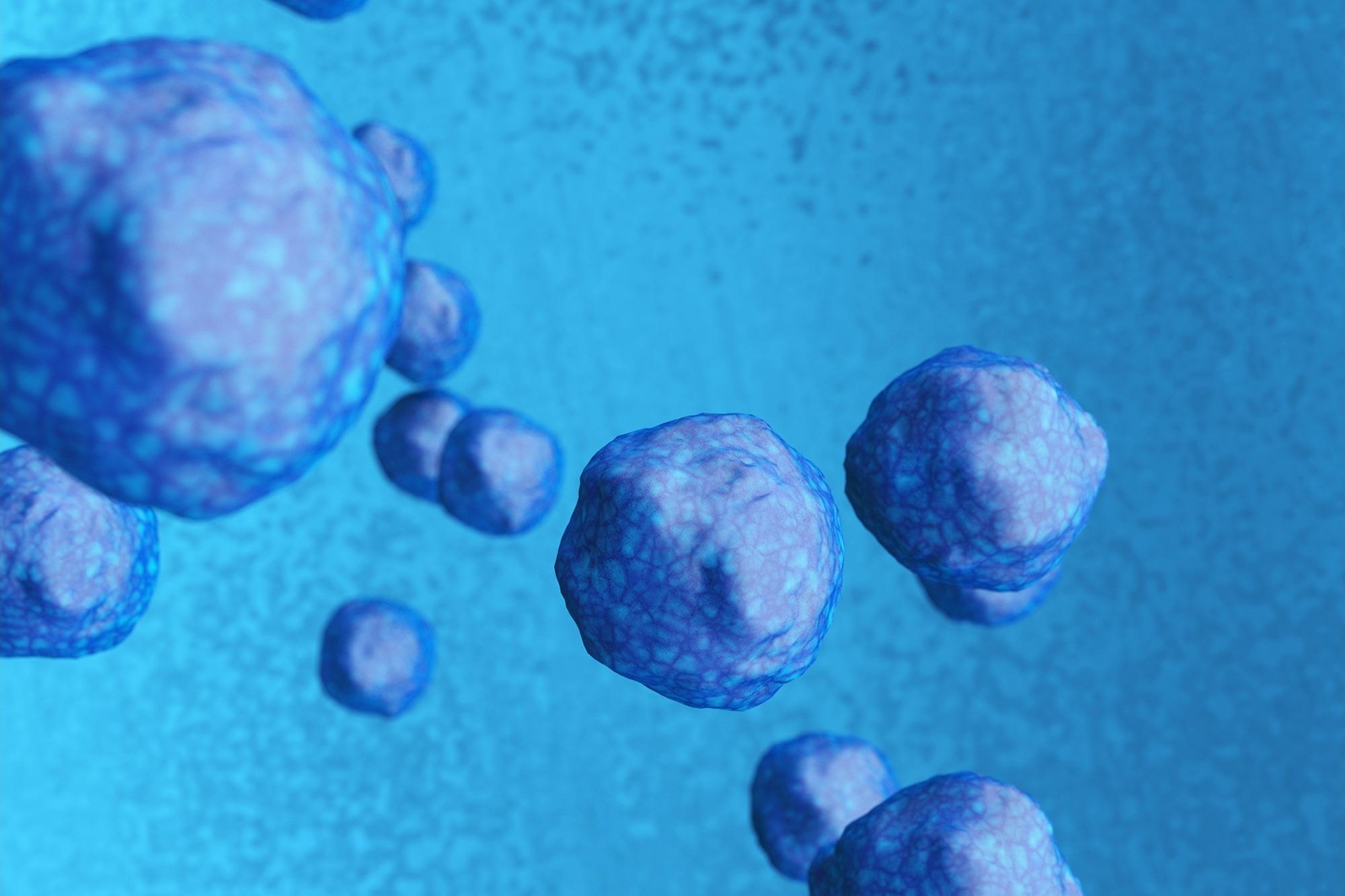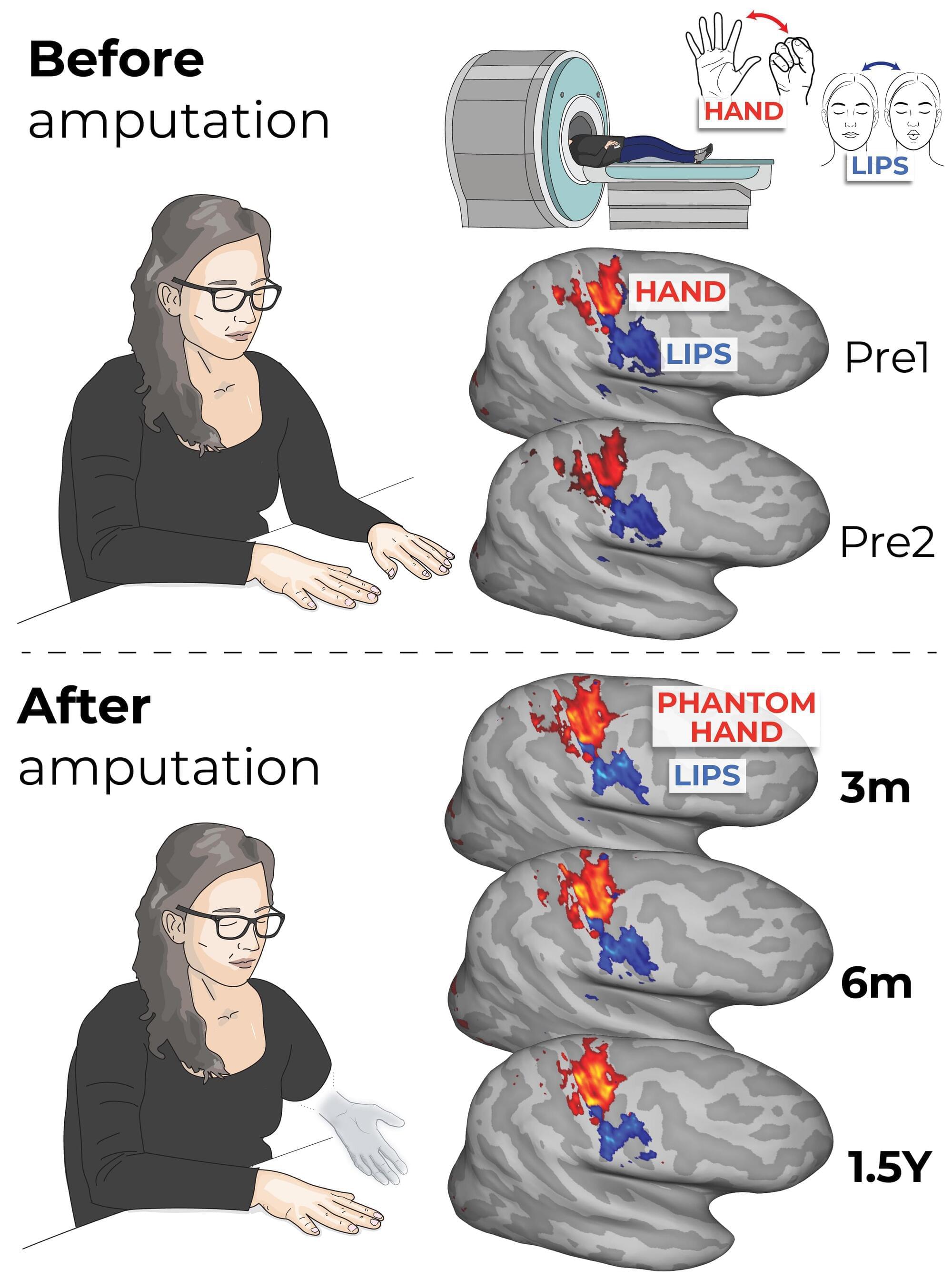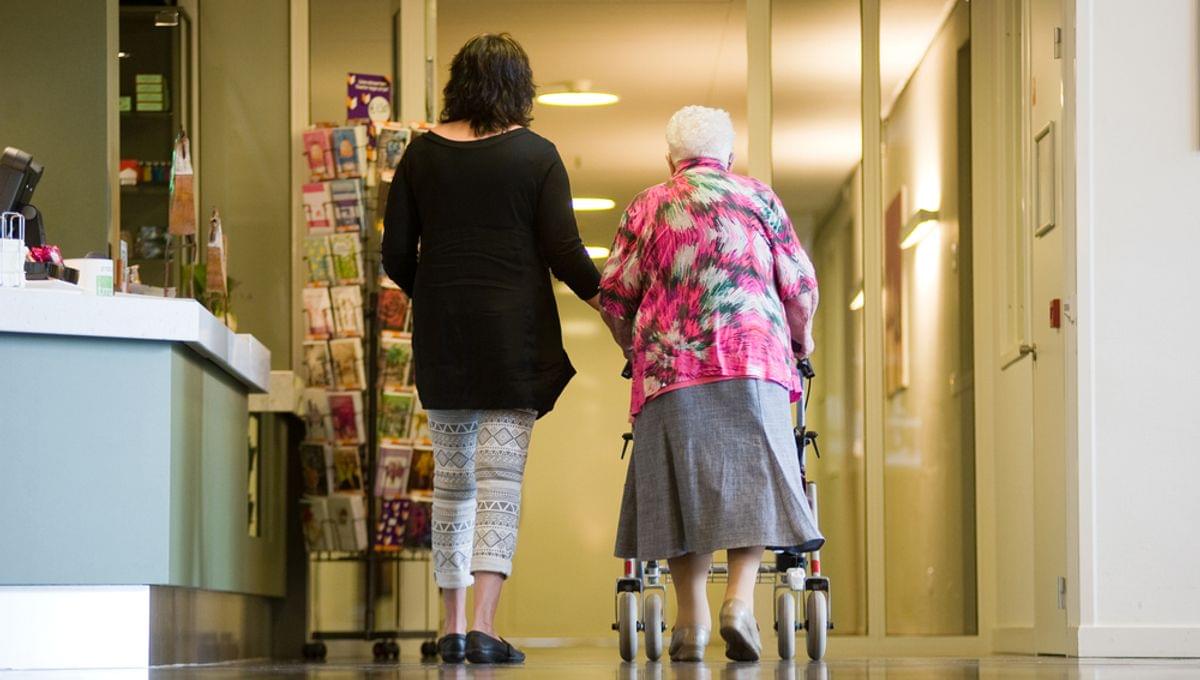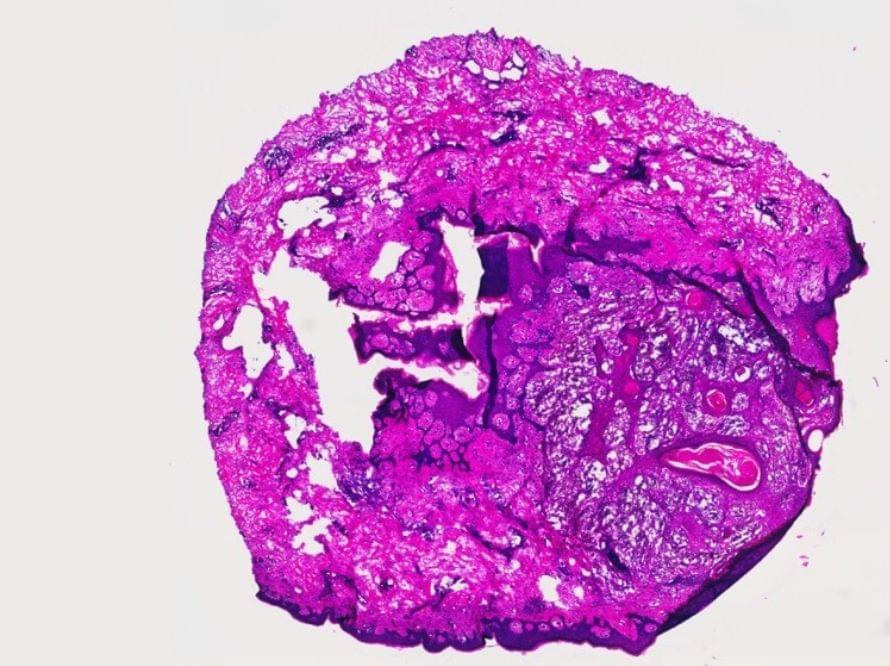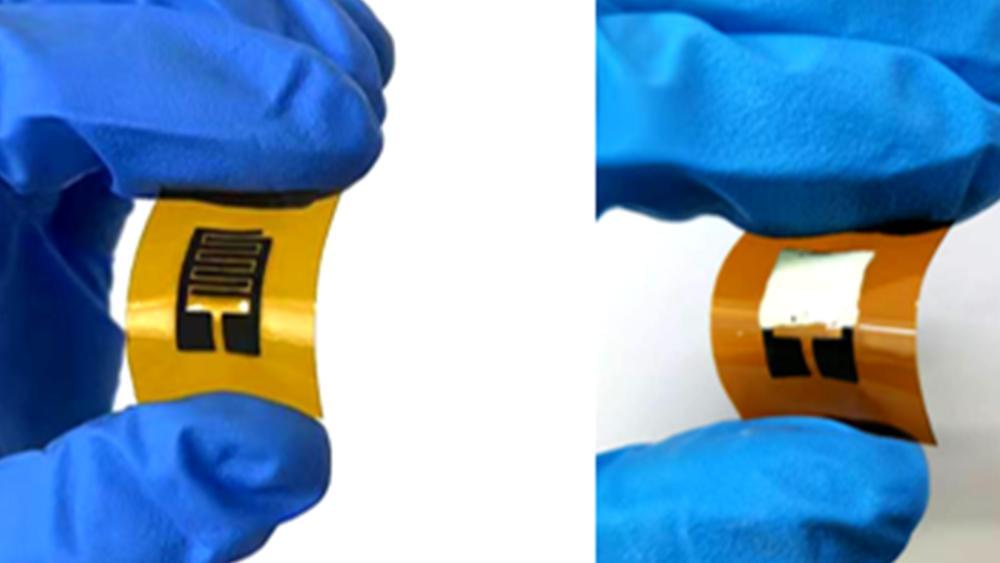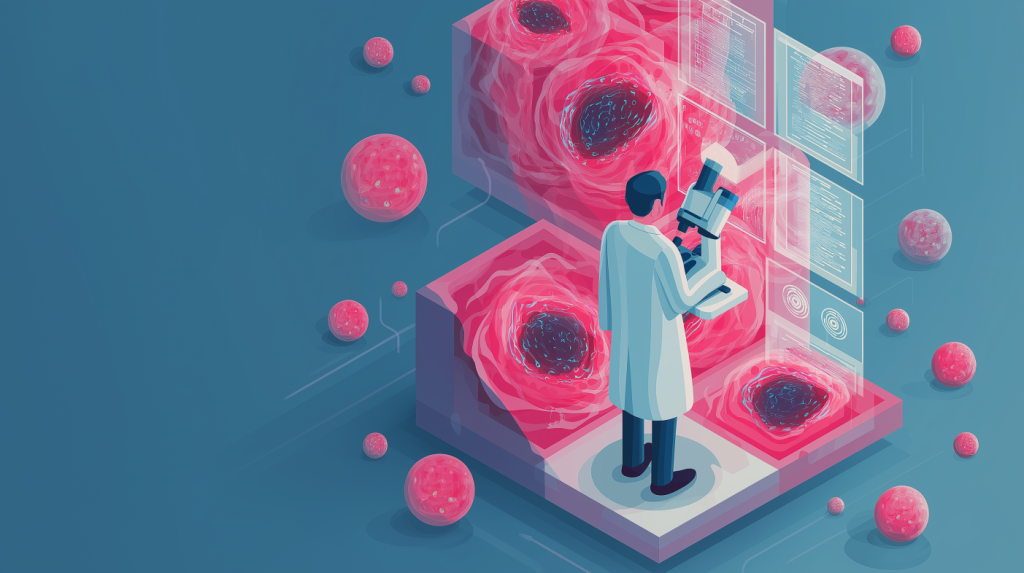Over the past 20 years, a class of cancer drugs called CD40 agonist antibodies have shown great promise—and induced great disappointment. While effective at activating the immune system to kill cancer cells in animal models, the drugs had limited impact on patients in clinical trials and caused dangerously systemic inflammatory responses, low platelet counts, and liver toxicity, among other adverse reactions—even at a low dose.
But in 2018, the lab of Rockefeller University’s Jeffrey V. Ravetch demonstrated it could engineer an enhanced CD40 agonist antibody so that it improved its efficacy and could be administered in a manner to limit serious side effects. The findings came from research on mice, genetically engineered to mimic the pathways relevant in humans. The next step was to have a clinical trial to see the drug’s impact on cancer patients.
Now the results from the phase 1 clinical trial of the drug, dubbed 2141-V11, have been published in Cancer Cell. Of 12 patients, six patients saw their tumors shrink, including two who saw them disappear completely.
The researchers demonstrate that an engineered antibody improves a class of drugs that has struggled to make good on its early promise.
